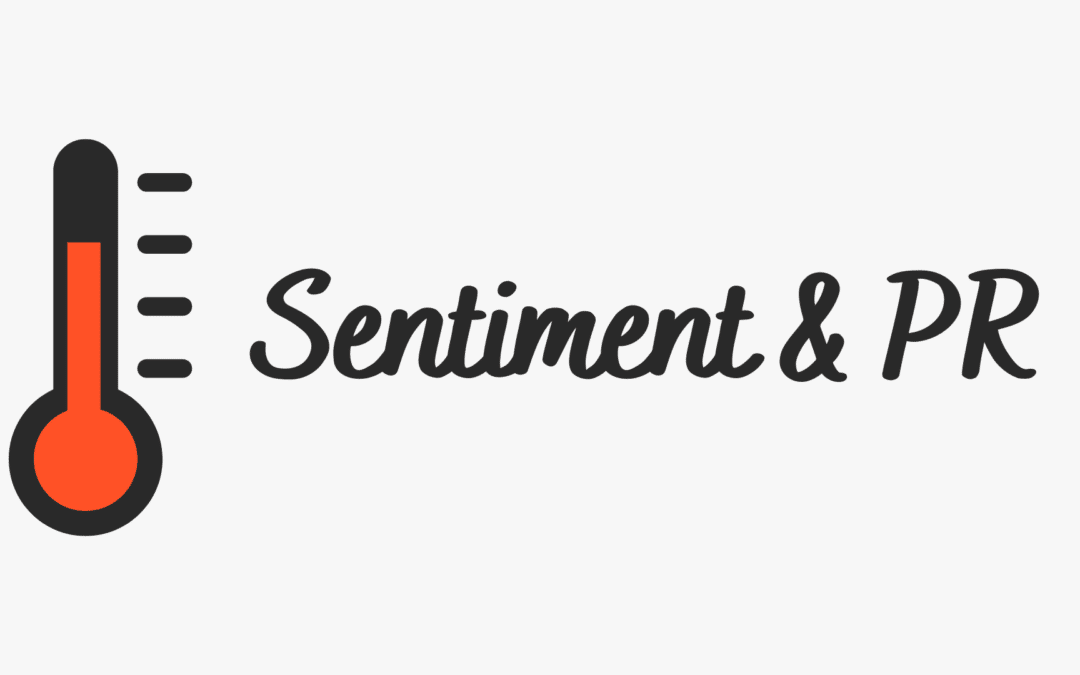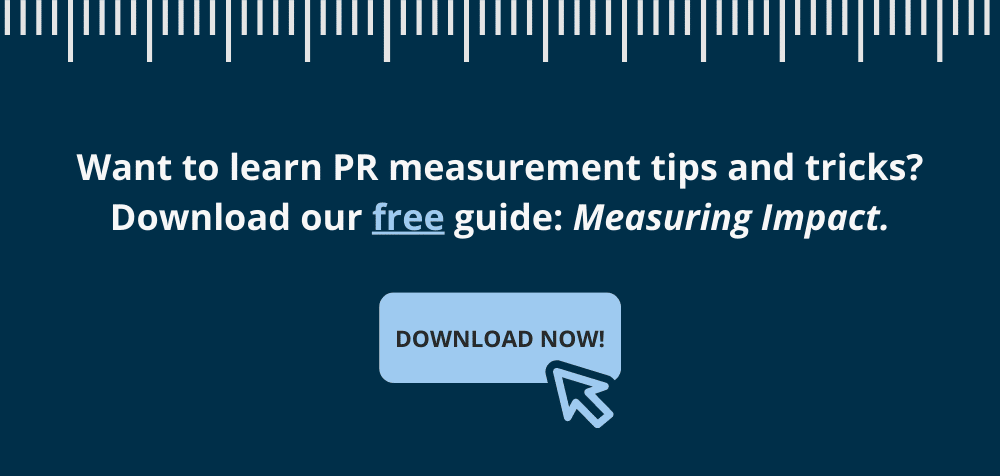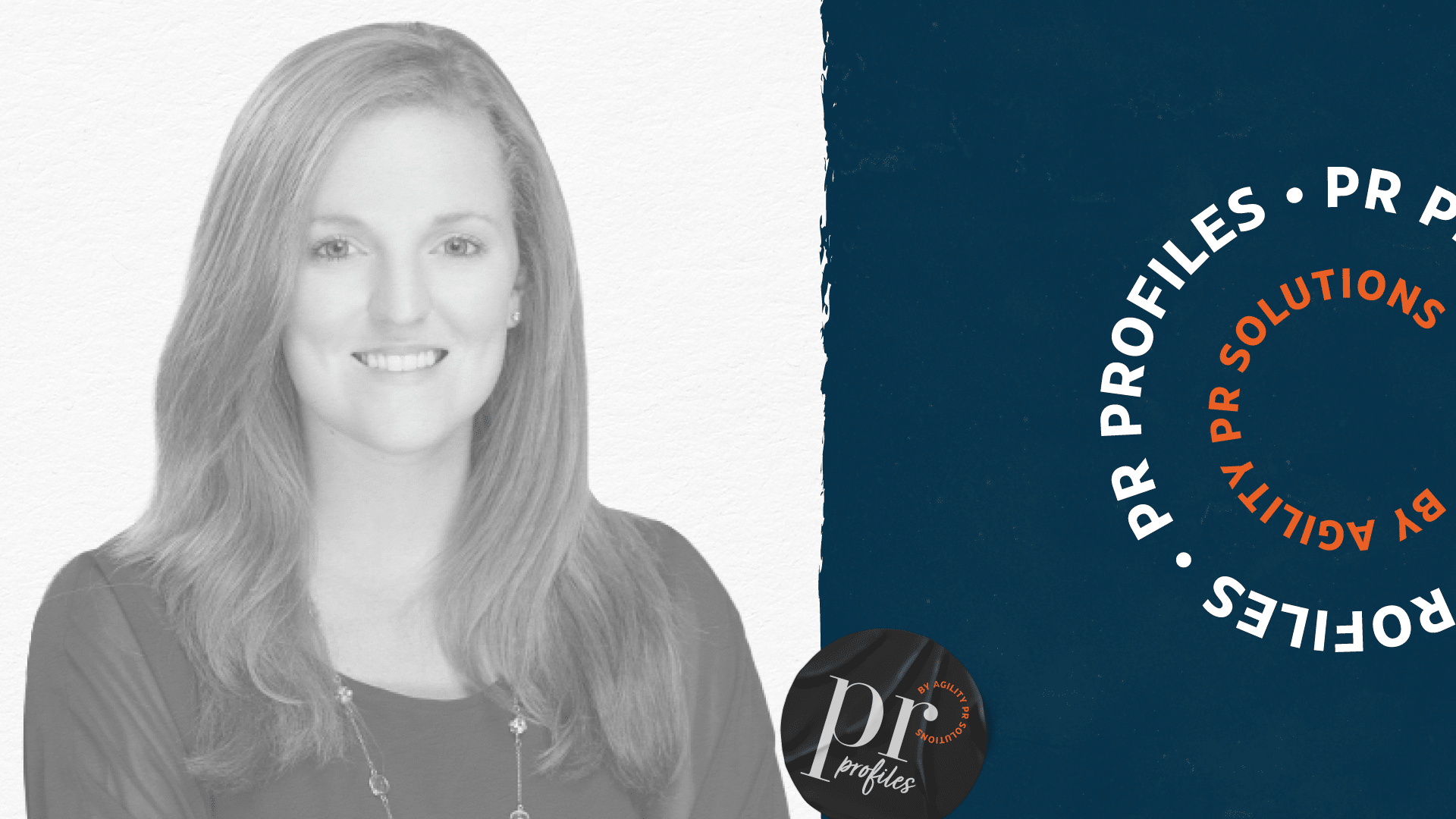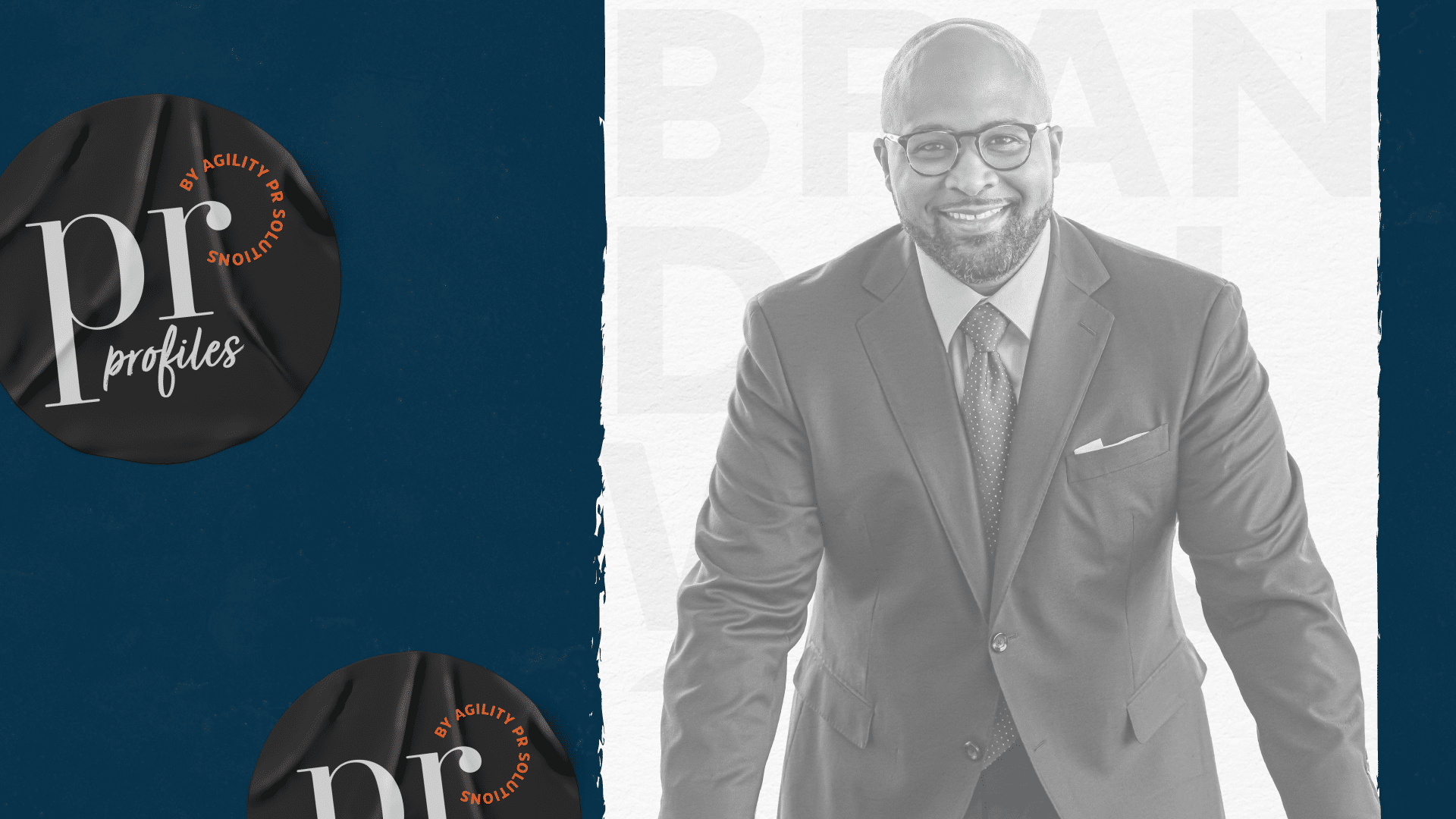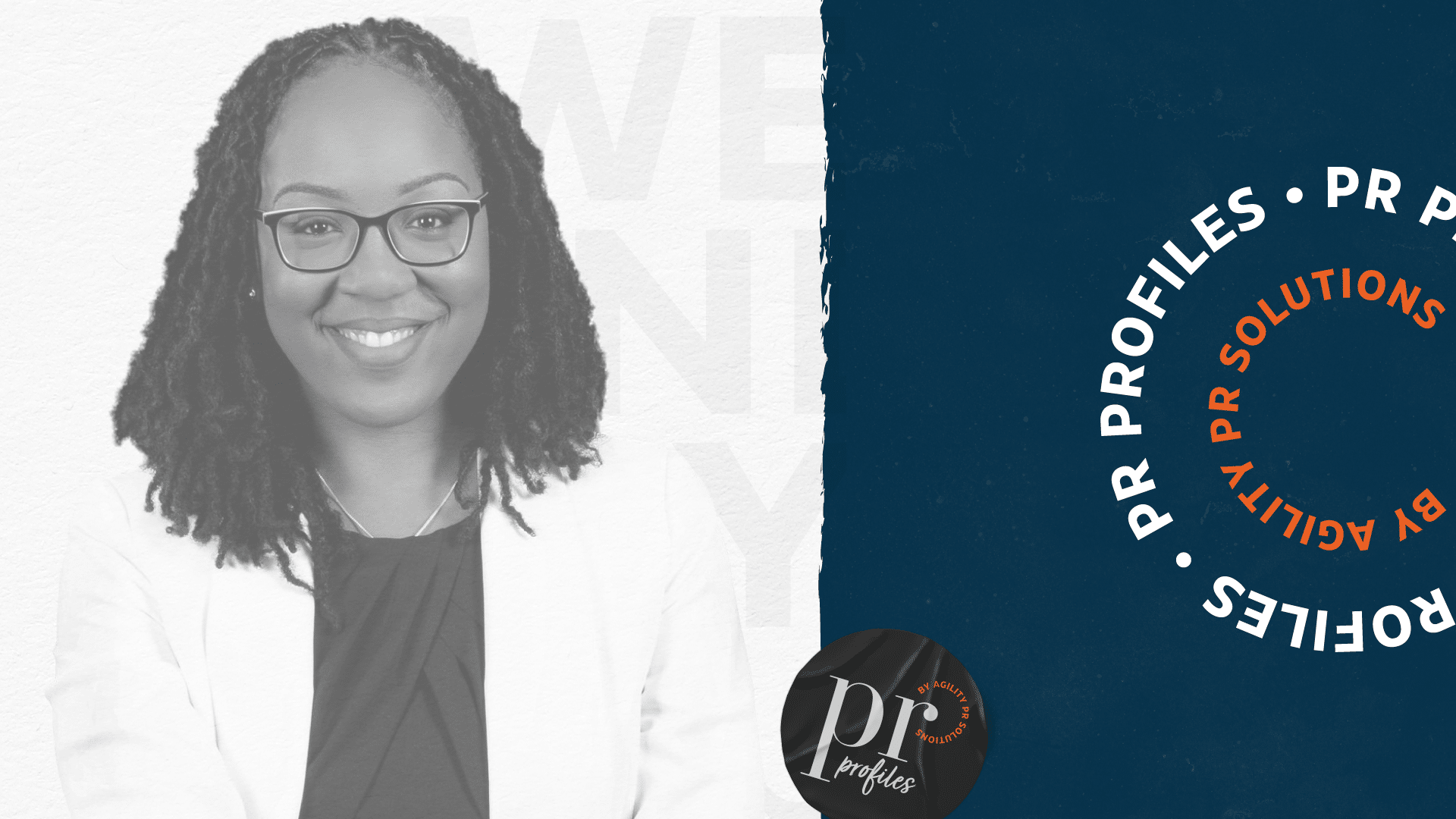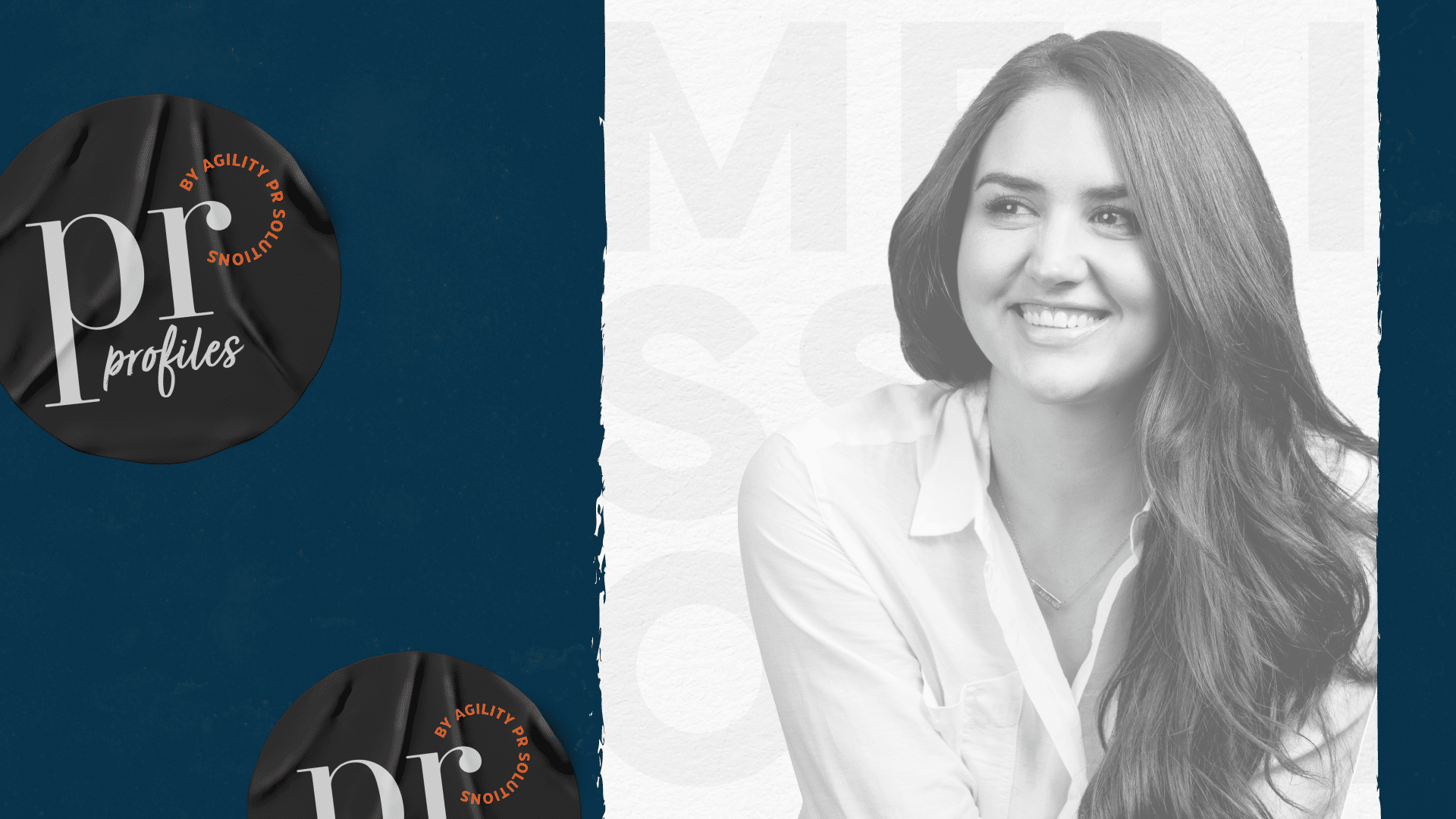Sentiment (or tone) measures how a person, group, organization, or issue is portrayed in the media. It is normally categorized as positive, negative, or neutral with varying degrees of positive and negative. Media monitoring and social listening tools will often provide automated sentiment analysis but for a more accurate read, you’ll want human verification as humans are still the only ones able to recognize sarcasm, irony, and various other language quirks.
Why is sentiment important for PR?
As mentioned, sentiment measures how you’re portrayed in the media (including social media). Portrayal is linked to reputation since reputation is the beliefs or opinions that are held by others about you. Sentiment can indicate whether you’re doing something right and should stay the course or doing something wrong and thus should make reparations quickly!
How to use sentiment
Sentiment is a useful metric, but it’s not enough to know that positive sentiment went up 10 percent or negative sentiment went up 3 percent. You need to know why it increased or decreased and what that could mean for your brand or clients, which requires taking a deep dive into the related coverage or social conversations.
Here are a few examples of what sentiment could mean:
A potential crisis
A sharp or significant increase in negative sentiment across media could be an indicator of a crisis brewing. You’ll want to see which media mentions or social conversations are categorized as negative and what those mentions are saying about your brand. Are they talking about your CEO’s recent actions? A product release that hasn’t been well received?
Measure of improvement
Similarly, you can look at your overall sentiment to see if the efforts you’ve been making to improve your reputation are having an impact. Make sure you’ve set a benchmark so that you can accurately determine whether you have improved or not.
A reputational gap
Negative sentiment doesn’t always mean a crisis is brewing, but it can highlight a potential gap between what you think your reputation is and what the media and public say your reputation is. You’ll then be able to pivot your PR strategy and address this gap so that it doesn’t turn into an issue or crisis.
Sentiment and Agility
Agility Monitoring and Agility Social Listening allow you to see a high-level breakdown of sentiment across coverage and social networks. For a more in depth look at why the coverage or conversation has been categorized as positive or negative, you’ll be able to view individual mentions, posts, and even hashtags.
Agility Monitoring determines sentiment by a program that finds designated keywords or phrases. From there, it looks at the words in their proximity. The surrounding words have an associated value based on what is considered “positive” or “negative”.
Interested in learning more about either of these solutions? Schedule a free demo with a member of our team!

